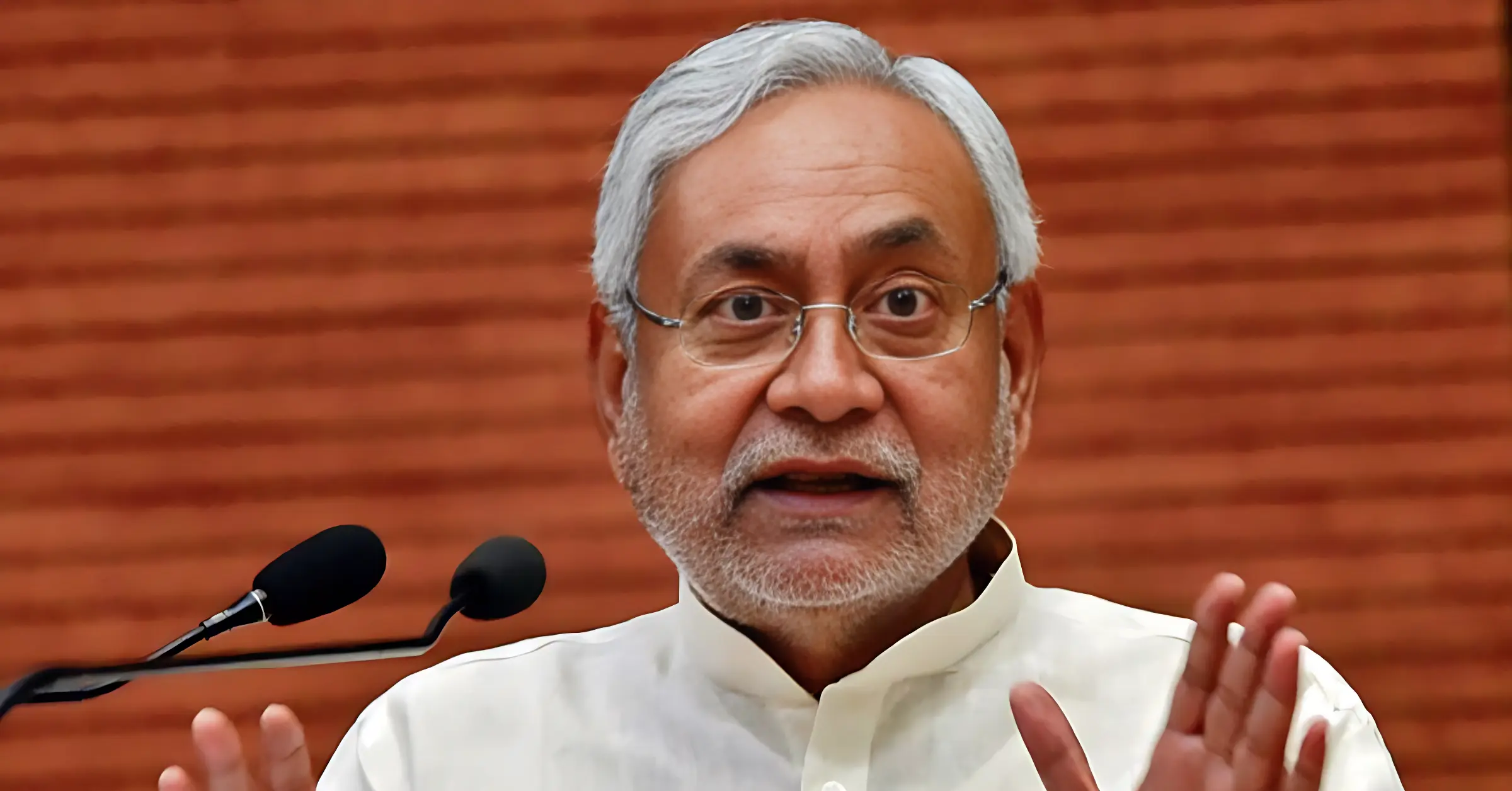
In today’s fast-paced world, it is imperative for individuals to prioritize their financial stability for the long term. Retiring comfortably requires careful planning and disciplined saving habits. However, navigating the myriad of options available for retirement savings can be overwhelming. Whether you are in your 20s or nearing retirement age, there are strategies and products available to help you build your retirement nest egg. In this blog post, we will explore the most effective ways to save for retirement at any age, so you can confidently take control of your financial future. From 401(k) plans and Roth IRAs to investment portfolios and annuities, we will discuss the various avenues for building a secure retirement fund.1. Start saving as early as possible for retirement.
2. Take advantage of employer-sponsored retirement plans.
3. Contribute to an IRA or Roth IRA.
4. Diversify investments to reduce risk.
5. Consider working with a financial advisor.
6. Adjust savings goals and strategies as you age.
Saving in Your 20s and 30s
Any individual in their 20s and 30s has a significant advantage when it comes to saving for retirement: time. By starting to save early, individuals in this age group have the opportunity to benefit from the power of compound interest. For some expert advice on how to make the most of this advantage, check out How To Save For Retirement on Forbes.
Starting Early: The Power of Compound Interest
With proper planning and discipline, individuals in their 20s and 30s can take advantage of the power of compound interest. By investing in retirement savings accounts early, individuals can potentially see their money grow significantly over time. This is due to the fact that the interest generated by the initial investment is reinvested and begins to generate its own interest, creating a snowball effect that can lead to substantial savings over the long term.
Retirement Accounts for Young Professionals
Young professionals have access to a variety of retirement savings accounts, such as 401(k)s and Individual Retirement Accounts (IRAs), that can help them save for the future. These accounts offer tax advantages and, in some cases, employer matching contributions, making them an attractive option for individuals looking to build a solid foundation for their retirement savings.
It’s important for young professionals to explore their options and understand the potential benefits of different retirement accounts. By taking the time to educate themselves on the available options, they can make informed decisions that will set them up for a financially secure future.

Maximizing Savings in Your 40s and 50s
While approaching your 40s and 50s, it becomes increasingly important to maximize your savings for retirement. This is the time to take advantage of catch-up contributions and diversify your investment portfolio to ensure a secure financial future.
Catch-Up Contributions and Their Benefits
With retirement looming closer, individuals in their 40s and 50s have the opportunity to make catch-up contributions to their retirement accounts. This means they can contribute additional funds beyond the regular annual limits, allowing them to accelerate their savings and make up for any lost time or missed contributions in previous years.
Diversifying Your Investment Portfolio
Contributions in your 40s and 50s should also focus on diversifying your investment portfolio to spread risk and maximize potential returns. This may involve reallocating assets into a mix of stocks, bonds, and other investment vehicles to ensure a balanced and resilient portfolio.
A diversification strategy can help protect your retirement savings from market volatility and economic downturns while capitalizing on growth opportunities in various sectors. By spreading your investments across different asset classes, you can potentially mitigate risk and achieve more stable long-term returns.
Preparing for Retirement in Your 60s and Beyond
Not everyone has the luxury of beginning to save for retirement at an early age. If you are in your 60s or beyond and have not yet fully committed to a retirement savings plan, there is no need to panic. There are still effective strategies you can implement in this stage of your life to ensure a comfortable and secure retirement.
Assessing Your Retirement Savings and Goals
Retirement savings in your 60s and beyond will require a thorough assessment of your current financial situation and retirement goals. It is imperative to evaluate the amount of savings you have accumulated over the years, as well as any potential sources of retirement income such as pensions, Social Security, or other investments. Understanding your retirement goals at this stage will help determine the necessary steps to take in order to achieve financial security during your retirement years.
Transitioning from Accumulation to Distribution
Your 60s and beyond mark a crucial time in your financial life as you transition from the accumulation phase to the distribution phase of your retirement savings. It is important to carefully strategize how to manage and distribute your retirement funds in a way that ensures a sustainable income stream throughout your retirement years. This may involve adjusting your investment portfolio, considering annuities, and making informed decisions about when to start withdrawing from your retirement accounts.
The transition from accumulation to distribution is a critical phase that requires careful consideration and planning. It is essential to seek professional guidance to ensure a smooth transition and to maximize your retirement income while minimizing the risk of running out of funds.
Universal Retirement Saving Tips
For individuals of any age, there are universal tips that can help in saving for retirement. These tips are applicable to everyone, regardless of their current financial situation or stage in life.
- Start saving early and consistently
- Take advantage of employer-sponsored retirement plans
- Diversify your investment portfolio
- Seek professional financial advice
The key to a successful retirement savings plan is to be disciplined and proactive in your approach.
Budgeting for Retirement at Any Age
The first step in effectively saving for retirement is to create a budget that allocates a portion of your income towards retirement savings. This can be done by assessing your current expenses and identifying areas where you can cut back in order to contribute more towards your retirement fund. The process of budgeting for retirement should be a continuous effort, with regular reviews and adjustments to ensure that you are on track to meet your retirement goals.
Navigating Health Care Expenses in Retirement
Retirement often comes with increased health care expenses, as individuals may require more frequent medical care and prescriptions. It is essential to plan for these expenses by factoring in the cost of health insurance, co-pays, and any potential long-term care needs. Additionally, understanding Medicare and supplemental insurance options can help in managing and reducing health care costs during retirement.
A proactive approach to managing health care expenses in retirement can help individuals maintain their financial security and peace of mind during their later years.
Conclusion
With these considerations in mind, it is clear that there are several effective ways to save for retirement at any age. Whether it’s through employer-sponsored 401(k) plans, IRAs, or even just setting aside a portion of each paycheck, there are options available for everyone. It’s important to start saving as early as possible and to take advantage of any employer matching programs. Additionally, regularly reassessing retirement goals and adjusting savings accordingly can help ensure a comfortable retirement. By staying informed and proactive, individuals can maximize their savings potential and secure their financial future in retirement.





























































































